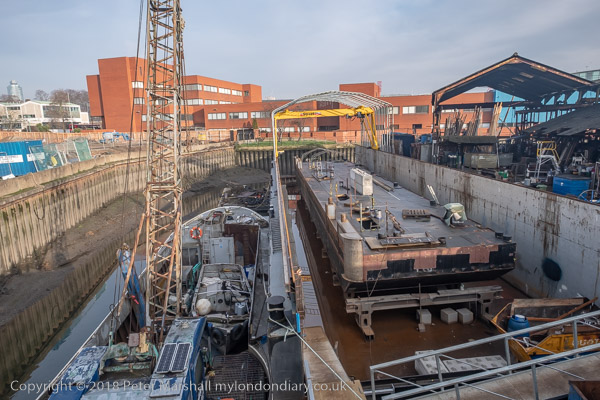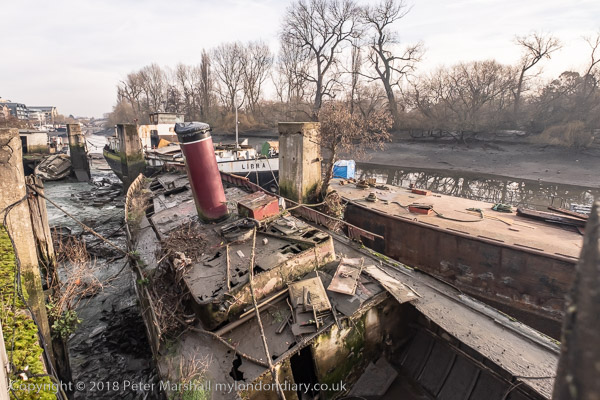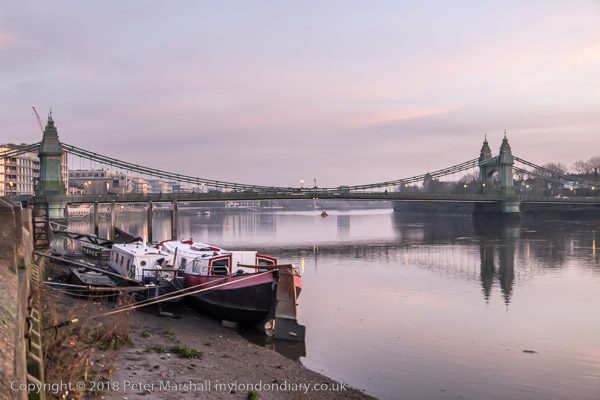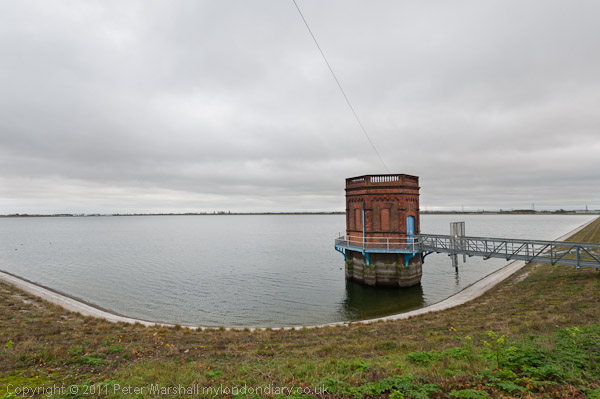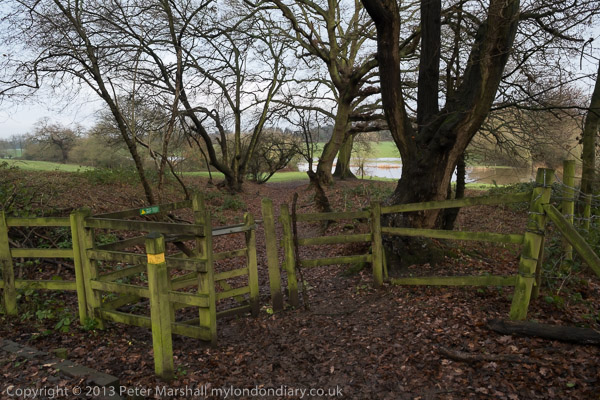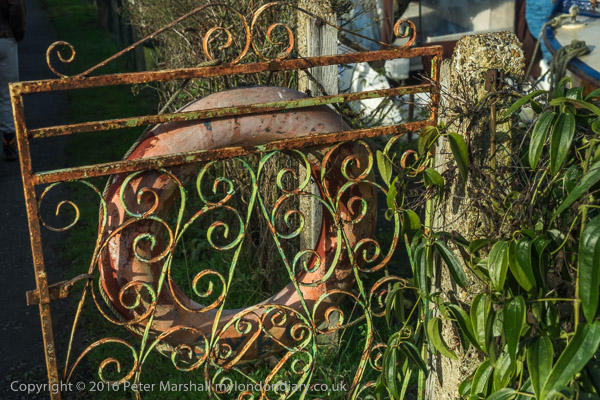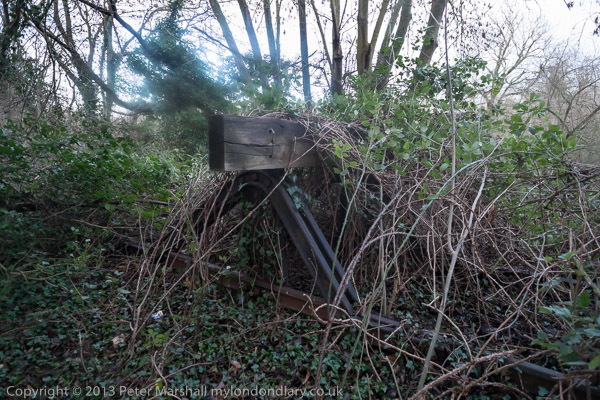Thames Path: Maidenhead – Marlow – A New Year’s Eve Walk

Back in 2007 our New Year’s Eve walk was a little more distant than we will attempt this year, though we started from the same place. This year public transport will be rather less available and less reliable than it was 14 years ago, thanks only partly to Covid which this year will put many train and bus drivers into isolation at short notice.

But we’ve seen an increasing trend over recent years to close various rail lines for engineering works over all of our holiday periods, and travelling anywhere on New Year’s Eve had begun increasingly to resemble Russian Roulette. I can’t understand why the railways now seem to need so many more closures for repairs than they used to; perhaps less work is now carried out overnight.

We spent a few years walking the Thames Path, from the Estuary beyond its official ending to the source, taking the route in short sections, perhaps ten or twelve miles at a time, with the start and finish determined by where trains and buses could take us until we were some way west of Oxford. It was only for the final three days from Hinton Waldrist to Kemble we had to spend a couple of nights staying at Buscot and Cricklade.

But to get to Maidenhead we had to take a train to Windsor & Eton Riverside, run from there to Windsor Central to take the train to Slough where we could change for the train to Maidenhead. And after our walk to Marlow we could catch a train back to Maidenhead, another to Slough and then Windsor. At least on the return journey we had time to walk for the connection. It worked in 2007, but the chances of 4 trains running without any cancellations in the early evening of New Years Eve 2021 seem low.

The section from Maidenhead to Marlow is only around 8 miles, though as usual we made a few detours on the way to explore some of the places it took us through. As the pictures show, the day was a dull one and I left the pictures making that clear rather than try to brighten them up.

The pictures on My London Diary are generally in the order of the route, and the captions there give some information about the walk. On the introductory page I wrote a very short text, and here it is in full (with the odd typo corrected):
The Thames path between Maidenhead and Marlow is quite picturesque, but full of evidence of how the rich get rich by theft. Anyone attempting to tow their boat will find that large sections of the towpath are now fenced in as private property. For walkers, the lack of access opposite Cliveden is annoying – you can really only see this part of the Thames from the river.
Maidenhead – Marlow
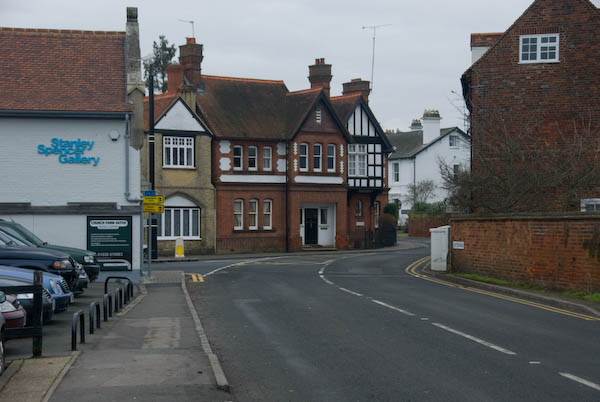
Parts of the route were familiar to me from earlier walks, and I’d recommend doing this walk on a day of the year when the Stanley Spencer Gallery in Cookham is open – and there are also several pubs worthy of some attention where I wasn’t allowed this time to linger.

I think these paired triangles which are navigational transit markers, placed in pairs a set distance apart for craft to time how long they take between them and thus calculate their speed.

On Marlow Bridge I photographed the seals which state SIGIL DE DESBRO and back in 2007 I invited people to e-mail me to explain these. Sigil is simply an archaic word for a seal or pictorial symbol, from the Latin ‘sigillum’. De for ‘of’ comes from the Norman invasion and Desbro is a shortened form of Desborough, one of the three Chiltern Hundreds which dates back to pre-Norman times, though then made up of a number of smaller hundreds.

But by the time the bridge was built the hundreds were largely or entirely historical, and the Chiltern Hundreds last had a real steward in the sixteenth century. In 1624 it was made illegal for Members of Parliament to retire from office, and still are appointed as either ‘Crown Steward and Bailiff of the Chiltern Hundreds’ or of the Manor of Northstead as a legal fiction enabling them to do so.
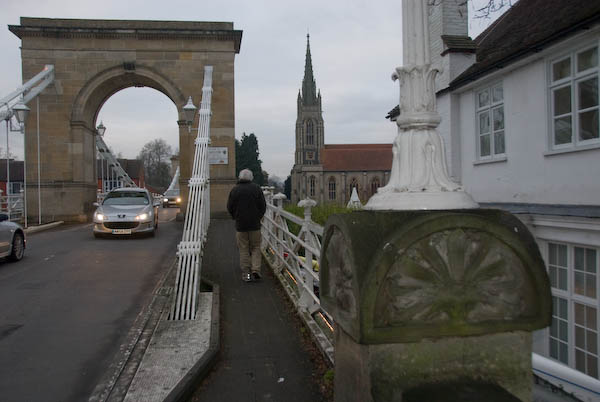
The name Desborough came back into use in 1905 when William Henry Grenfell who had been an MP for 25 years and made is home in Taplow was sent to the House of Lords as the 1st Baron Desborough. For 35 years he was President of the Thames Conservancy Board and was responsible for the Desborough Cut, a navigational shortcut on the Thames between Walton and Weybridge which, together with the island it created were named after him.

Given there is little or no commercial traffic on the Thames the creation of the cut now seems rather pointless. Although it saves around 1.2 km on the route, the longer passage is far more interesting. But it was perhaps more a scheme to create jobs for men in the depression than anything else.
More at Maidenhead – Marlow.




















